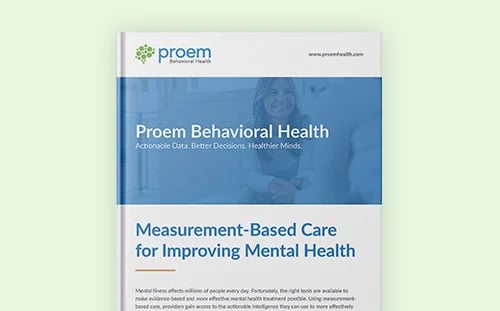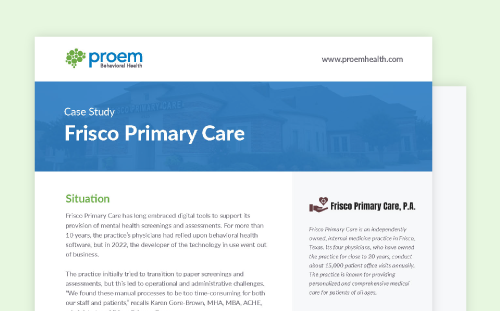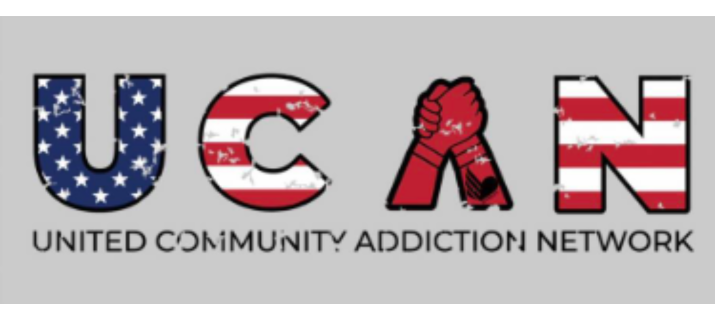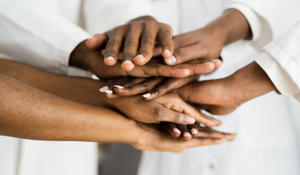In July, we observe National Minority Mental Health Awareness Month. The intent is to raise awareness of the struggles racial and ethnic minority communities face concerning mental illness. To help bring increased attention to this important subject, we're sharing 22 statistics and facts about minority mental health.
20+ Minority Mental Health Facts and Figures
-
- The month was formally recognized in June 2008 as the "Bebe Moore Campbell National Minority Mental Health Awareness Month." Bebe Moore Campbell, as the National Alliance on Mental Illness (NAMI) notes, was an author with multiple New York Times bestsellers, advocate and co-founder of NAMI Urban Los Angeles.
- There is a movement to move away from the terms "minority" or "marginalized" and instead refer to these individuals as BIPOC (Black, Indigenous, and People of Color). As Mental Health America notes, the continued use of these terms "sets up BIPOC communities in terms of their quantity instead of their quality and removes their personhood. … The word 'minority' also emphasizes the power differential between 'majority' and 'minority' groups and can make BIPOC feel as though 'minority' is synonymous with inferiority."
- A U.S. surgeon general's report on mental health states that racial and ethnic minorities have less access to mental health services than do whites, are less likely to receive needed care, and when they receive care, it is more likely to be poor in quality.
- A Counseling Today article adds to this list, noting that BIPOC are less likely to seek out mental health services and more likely to end service prematurely.
- A Psych Central article highlights the implicit bias seen in mental health, stating, "Racial bias against BIPOC folks has a long history in medical settings and continues to play a role in present-day mental healthcare."
- That same article references a Psychiatric Services study showing that implicit bias in mental health settings against BIPOC has impeded access to appropriate care, clinical screening and diagnosis, treatment processes and crisis response. Note: Proem has designed its behavioral health solution to help remove such implicit bias from the mental health assessment process.
- Factors affecting access to treatment by members of diverse ethnic/racial groups may include mental illness stigma, lack of diversity among mental healthcare providers, language barriers, distrust in the healthcare system, lack of insurance/underinsurance and inadequate mental health service support in safety net settings.
- The U.S. Department of Health and Human Services Office of Minority Health notes that the COVID-19 pandemic has made it harder for racial and ethnic minority groups to access mental health and substance-use treatment services.
- Hispanics are 50% less likely to receive mental health treatment as compared to non-Hispanic whites.
- Asians are 60% less likely to receive mental health treatment as compared to non-Hispanic whites.
- Native Hawaiians/Pacific Islanders are three times less likely to receive mental health services or to receive prescription medications for mental health treatment as compared to non-Hispanic whites.
- American Indian/Alaska Natives are 60% more likely to experience the feeling that everything is an effort, all or most of the time, compared to non-Hispanic whites.
- While rates of depression are lower in Blacks and Hispanics than in whites, depression in Blacks and Hispanics is likely to be more persistent.
- People who identify as being two or more races are most likely to report mental illness within the past year than any other race/ethnic group.
- American Indians/Alaskan Natives report higher rates of post-traumatic stress disorder (PTSD) and alcohol dependence than any other ethic/racial group.
- The rate of mental health problems for college students has been steadily increasing, with rates even higher among racial and ethnic minority students.
- Suicide is the leading cause of death for Asian/Pacific Islanders, ages 15 to 24.
- Suicide is the second leading cause of death for Blacks or African Americans, ages 15 to 24.
- Suicide is the second leading cause of death for American Indian/Alaska Natives between the ages of 10 and 34.
- More than 50% of those incarcerated have mental health concerns, and BIPOC are overrepresented in the criminal justice system.
- Racial and ethnic minority youth with behavioral health issues are more readily referred to the juvenile justice system than to specialty primary care, compared with white youth.
- Individuals who identify as lesbian, gay, bisexual, transgender, queer and intersex (LGBTQI+) are often described as being a sexual/gender minority. We highlighted the mental health struggles many in this community face in June to coincide with LGBTQI+ Pride Month. Access this post here.
Sources:












